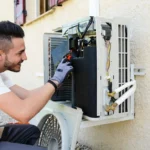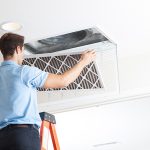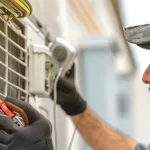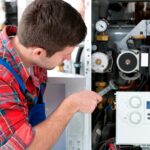Wondering what goes into a central air installation and how much it costs? A central air conditioning system provides consistent indoor comfort and improved air quality, but understanding the process, selecting the right system, and knowing the associated expenses can be overwhelming. This comprehensive guide answers those questions and equips you with everything needed to make a smart, cost-effective choice.
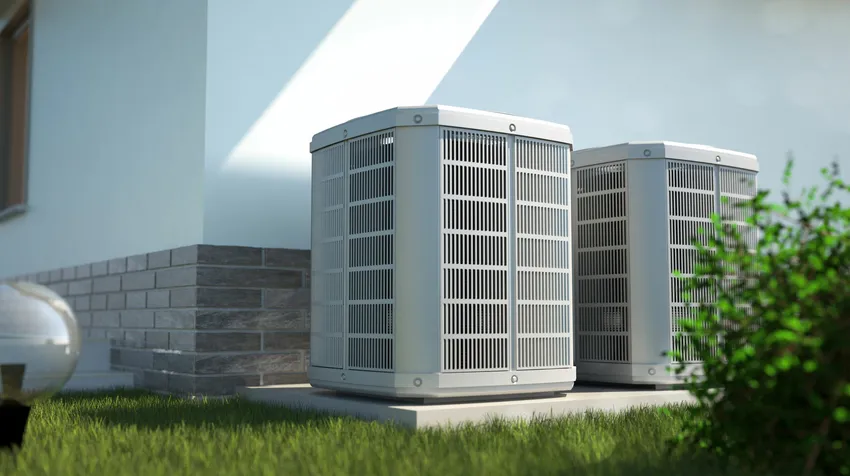
Content
Understanding How a Central Air System Works
A central air conditioner operates by drawing warm air from your home through return ducts, cooling it using a refrigerant cycle, and distributing the conditioned air via a system of supply ducts. This closed-loop system ensures that every room maintains a steady, comfortable temperature.
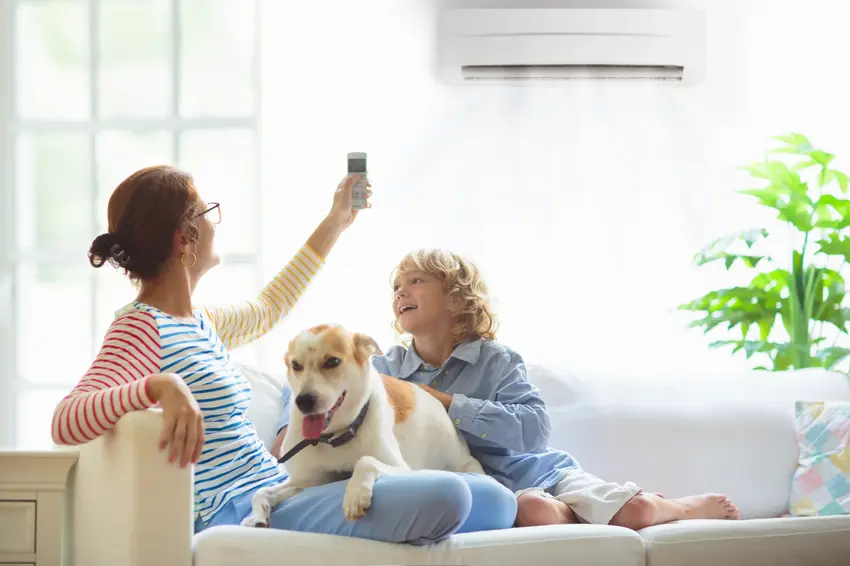
Unlike window units or ductless mini-splits, a central air conditioning system is integrated into your home’s existing ductwork. The setup includes two key components: the indoor air handler (or furnace coil) and the outdoor condenser unit. These work together to regulate temperature and humidity, offering whole-home cooling with enhanced energy efficiency.
Homes with pre-installed duct work benefit most from this setup. However, retrofitting is possible for older homes, though it increases central air installation cost. Regardless of your home’s age or structure, this system offers a clean, uniform solution for summer cooling.
Choosing the Right HVAC System for Your Home
Selecting the correct system for your HVAC installation is critical. Several factors affect how well your system will perform, including home size, insulation quality, and regional climate.
The first step in this decision is calculating your home’s cooling load. Professionals perform a Manual J Load Calculation to determine how many BTUs (British Thermal Units) are needed. Installing a system that’s too small or too large will reduce efficiency and raise energy bills.
Next, examine SEER (Seasonal Energy Efficiency Ratio) ratings. These measure cooling output against energy use. A higher SEER rating indicates better efficiency. While units with higher SEER ratings cost more upfront, they offer long-term savings on utility bills.
When considering system types, homeowners can choose between a traditional air conditioner installation or a heat pump installation. Heat pumps work year-round by both heating and cooling the home, making them ideal for moderate climates. Traditional AC units, on the other hand, are best suited for areas with extremely hot summers.
A new ac unit installation should also factor in smart thermostats and energy-efficient air handlers to maximize savings and control.
Professional Central Air Installation Process
A successful central air installation is not a DIY project—it demands technical expertise and precise measurements to ensure optimal performance. Licensed HVAC professionals typically follow a structured approach.
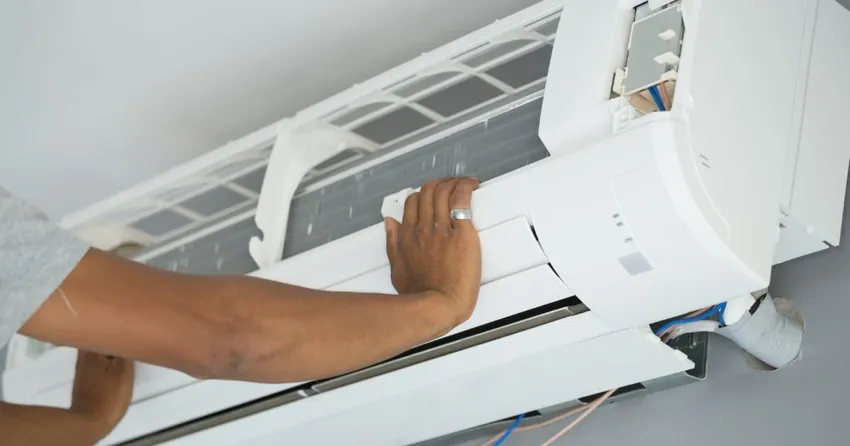
It begins with a site assessment. Technicians evaluate your home’s square footage, insulation, number of windows, and other key factors. They may inspect the existing ductwork to determine if it’s compatible with the new system or if retrofitting is needed.
Once the assessment is complete, they install or upgrade ductwork as needed, secure permits, and make any necessary electrical modifications. The outdoor condenser is then positioned on a level base, away from obstructions. The indoor unit is integrated with the furnace or air handler, and refrigerant lines are connected.
Finally, the entire air conditioner installation is pressure-tested and evaluated for refrigerant charge accuracy, airflow levels, and thermostat integration. The goal is to ensure the system delivers reliable and even cooling throughout the home.
Breaking Down the Cost of Central Air Installation
Many homeowners ask: how much does central air installation cost? The answer varies based on factors such as home size, type of system, duct work condition, and energy efficiency ratings.
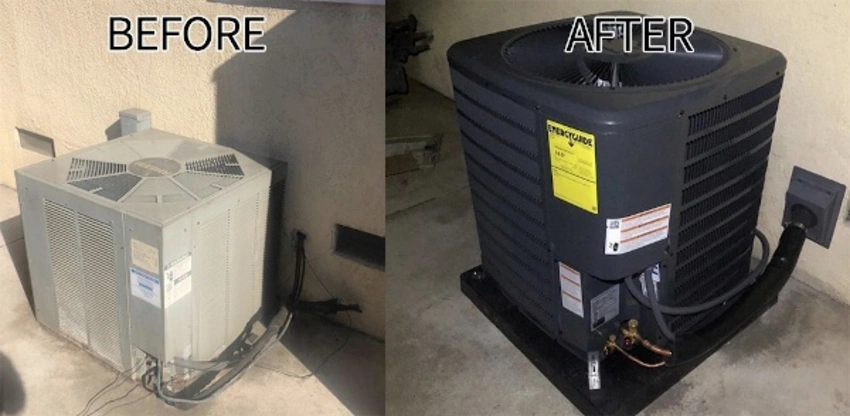
On average, the central air installation cost ranges from $3,000 to $7,500. Here’s a breakdown:
- Basic system for small homes: $3,000–$4,500
- Mid-range systems for standard homes: $5,000–$6,500
- High-efficiency systems for large homes: $6,500–$7,500+
The ac installation cost increases if duct work needs replacement, or if energy-efficient upgrades like smart thermostats are included. A new hvac system cost that includes both a furnace and air conditioner can exceed $10,000 in premium setups.
Additionally, furnace installation cost may be a factor if your system needs to be paired with a compatible heating unit. A new furnace installation typically ranges from $2,000 to $5,000 depending on size and fuel type.
Upgrading to a modern hvac installation system is a smart long-term investment that reduces monthly utility costs and boosts property value.
Long-Term Value of an HVAC Upgrade
Beyond immediate comfort, a professional ac unit installation enhances energy efficiency and air quality. Modern units use environmentally friendly refrigerants and advanced filtration systems that remove dust, pollen, and allergens.
Smart thermostat compatibility offers remote control and scheduling features, allowing homeowners to fine-tune settings and reduce energy use even further.
For those in regions with variable climates, a heat pump installation adds dual functionality, replacing both an AC unit and a furnace. This reduces the need for multiple systems and simplifies maintenance schedules.
Choosing the Right Contractor
Hiring a certified HVAC contractor is crucial to ensuring your air conditioner installation is done safely and efficiently. Look for technicians who are NATE-certified and offer warranties on both equipment and labor.
Ask for quotes from multiple providers, and ensure that the estimates include detailed breakdowns of labor, equipment, permits, and timelines. Transparent communication is a sign of a professional team.
Quality contractors will also conduct post-installation inspections and provide maintenance guidance to prolong the system’s life and preserve warranty coverage.
Final Thoughts
Investing in a central air installation is one of the best decisions a homeowner can make for comfort, convenience, and property value. While the upfront cost can be significant, choosing the right system, working with licensed professionals, and prioritizing energy efficiency ensures you get the most value from your investment.
Whether you’re exploring new hvac system cost, planning a furnace installation, or replacing an outdated unit, understanding the process helps you make an informed choice. With the right planning and support, your home will stay cool and efficient for years to come.
FAQs
What is the average cost of central air installation?
The cost of central air installation typically ranges from $3,000 to $7,500. Factors like home size, ductwork, and system efficiency impact the final price.
How long does a central air installation take?
A typical central air installation can take 1 to 2 days, depending on the complexity of the system and the condition of existing ductwork. Professional installation ensures optimal performance.

Christine Kelley is a dedicated home blogger who has been blogging for over six years. She covers everything home related. Christine also loves writing posts about her travels to Europe with her husband and two children.

